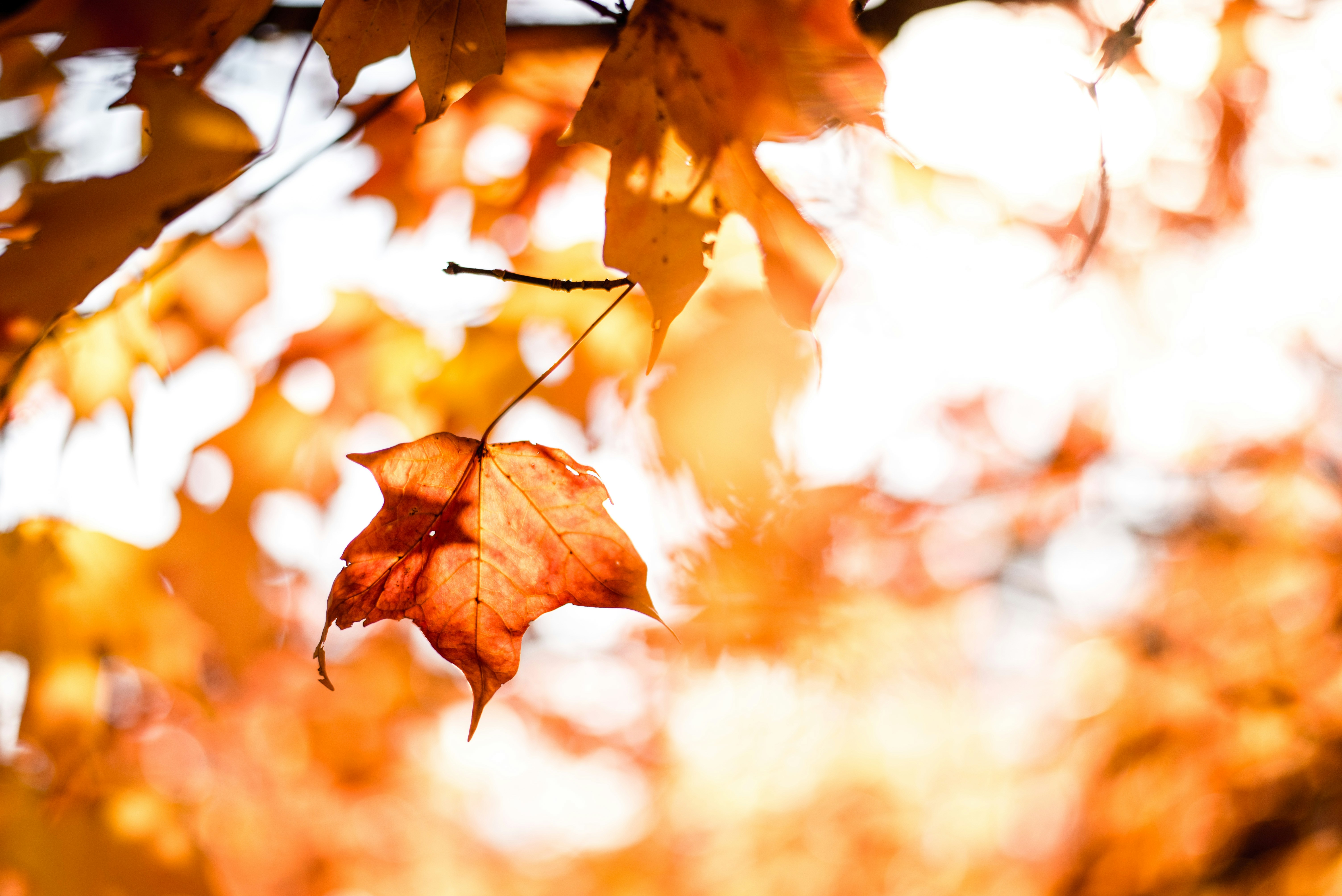Media release
From:
Leaving it all on the forest floor – Deciduous leaves may have evolved to be symmetrical and subtly lobed so they fall quicker and land near their parent tree, recycling their annually sequestered carbon. Using laser-cut paper leaves and an autumn-approximating apparatus, researchers found asymmetrical leaves fell ~15% slower than conventional symmetrical forms. As climate change has been shown to impact tree leaf shape, this could further impact forest nutrient cycling, the authors warn. Video included. Interface
Settling aerodynamics is a driver of symmetry in deciduous tree leaves
Journal of the Royal Society Interface
The apple doesn’t fall far from the tree, but what about a leaf? Our research reveals that settling aerodynamics may influence deciduous leaf shape. Rapid sedimentation promotes nutrient cycling through the soil, and symmetric leaves are fast settlers.



 International
International



